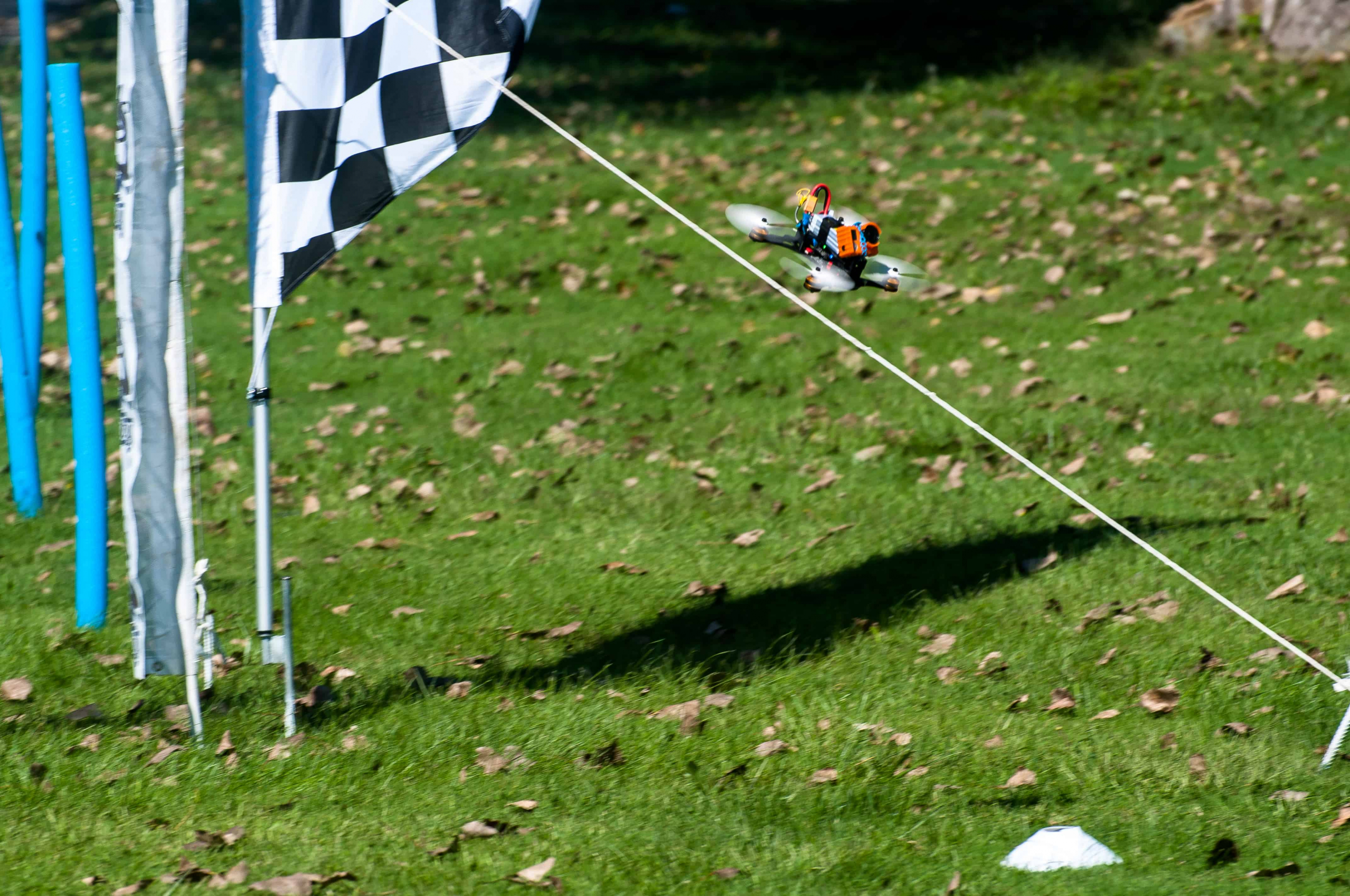The world of sport is far more diverse than what you see offered at sports bars. This series will profile the lesser-known, the more interesting, and the downright peculiar sports that you haven’t heard of until now.
Put on your heads-up display, pick up your controller, and take to a 3D course that makes the twists and turns of Formula One seem landlocked. You have probably seen breathtaking images of forests and mountain ranges taken using drones. Now you will be able to watch drones race head to head in a fast, action-packed new sport.
Robotic sports are slowly making their way onto the scene. While they challenge the traditional definition of what makes up a sport, drone racing is exhilarating and new; it lets you experience the thrill of flight at speeds of up to 120/mph from the comfort of an armchair. Participants wear special first person view (FPV) goggles and fly through courses as if they were sitting in the cockpit of the aircraft.
Being a relatively young sport, rules for drone racing can vary from organization to organization. The World Drone Prix, for example, requires teams of at least four people. Pilots aim to finish the event by overcoming all obstacles, making at least one pit stop for necessary maintenance, and flying through at least one Joker Lane — a flight path loaded with severe turns and unexpected interferences — all while trying to avoid penalties.
The Drone Racing League (DRL), on the other hand, allows individual participation and determines the winner based on completion time and successfully passed checkpoints.
Depending on whether it is a casual match between hobbyists or a championship among professionals, race tracks can be designed using a variety of materials, from twigs and hula-hoops to the more elaborate option of stadiums and obsolete buildings.
The options for customization don’t end there: drones, goggles, and controllers are the basic equipment necessary for drone racing and a diverse range of choices are available for each.
The standard racing drone measures 250 mm in diameter and contains four propellers with a camera attached to the chassis. The body of the aircraft is made of carbon fibre, a material that adequately light and easily reparable. Drones can be modified to improve speed and agility, to perform better aerial tricks, or to extend battery life for demanding races.
In respect to FPV goggles, some characteristics that contestants consider are screen resolution, aspect ratio, field of view, and digital video recording.
In the past two years, drone racing has gradually garnered international interest. The first ever US National Drone Racing Championships took place in 2015, and the 2016 World Drone Prix in Dubai offered a staggering $1 million in prize money; the event ended with a 15-year-old contestant walking away $250,000 richer.
ESPN in the US and Sky Sports in the UK signed multimillion dollar deals to broadcast the DRL, whose 10-episode series began airing this month.
According to Tech Times, drone racing is “the sport of the future,” but for now it is still racing toward widespread recognition. With its rapid growth in popularity and new broadcasting deals, it won’t be surprising to see drone racing become part of a new era in sports.


